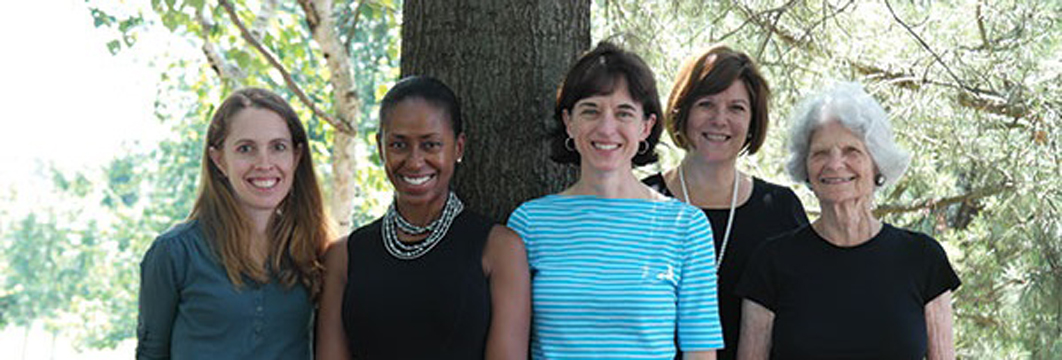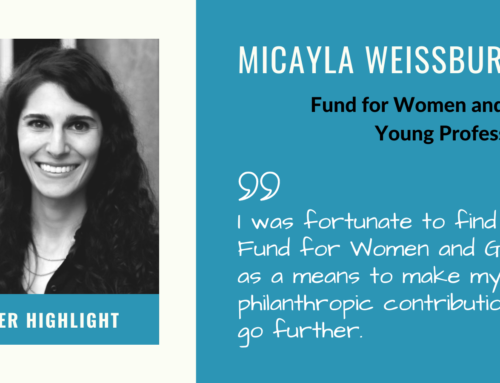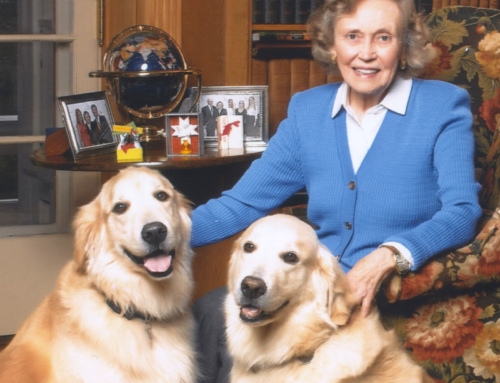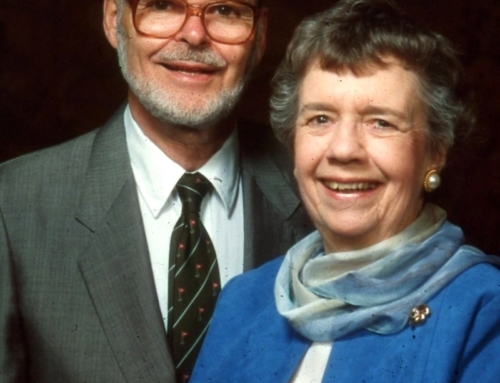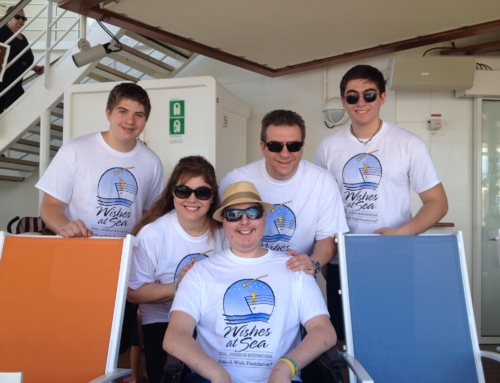Meet the leadership team of the Fund for Women and Girls
The Fund for Women and Girls is a community of philanthropists working together to improve the lives of women and girls in central New Jersey. Last year, the Fund commissioned research to assess the needs of Mercer County’s women and girls, identifying four key priorities for future grantmaking. This year, with revised guidelines and a sharper focus, the Fund more than doubled its giving.
What does it mean to be a philanthropist in the context of the Fund for Women and Girls?
Cathy Schaeder Batterman: “Philanthropist” isn’t a word that I ever associated with myself before. It seemed to connote “big money,” the Rockefellers and Gateses of the world. But I’ve learned that philanthropy doesn’t depend on dollar signs, it’s about the intention behind a gift, the thought and level of commitment that go into it. We give locally, and to organizations where what we can give makes a measurable difference.
What led to the dramatic increase in grantmaking this year?
Liz Gray Erickson: The research we commissioned, “Shaping the Future,” was a call to action. It highlighted the extent of the need, as well as the vast opportunities for a fund of our size to impact the lives of Mercer County women and girls in four key areas: health and sexual education, domestic violence, childcare and economic opportunity, and leadership and mentoring.
Karen Collias: The research has also enabled us to be more results-oriented in our grantmaking, now that we have valuable data to guide us.
What was the atomosphere in the room during the annual grantmaking meeting?
LGE: There was an exciting level of engagement at the meeting this year. After studying the proposals, members came prepared with lots of questions.
KC: We also got to speak directly with the grant applicants, which was a big step toward a deeper relationship between the Fund and the organizations we support.
CSB: Reading a proposal on paper is one thing, but it’s much more revealing and rewarding to meet someone who can tell us firsthand about the organization and the challenges they are meeting.
Susan Wilson: It’s exciting to hear the views of other members and take part in a decision-making process that we’re all invested in. The work of the organizations we support becomes very present. It becomes a part of you. Often you read about “philanthropy” and it seems remote, something happening halfway across the world and inaccessible somehow. Our process makes it much more real. The word “philanthropy” has a new immediacy for me now.
How is giving as part of a group different from doing it individually?
Lisa Skeete Tatum: Each member brings their experience and perspective to the grant making meeting. There is tremendous value in the collective wisdom and diversity of the people in the room.
CSB: The group dynamic also drives everyone to want to improve their own knowledge of the nonprofit world so they can be more prepared, engaged, and informed. You learn something from every question that is asked.
KC: There’s a new discipline, imposed by the four funding categories, that keeps our discussion focused. Our revised guidelines ultimately bring Fund members closer together and enable us to go deeper. Prospective grantees also now have clearer guidance about the Fund’s goals, so we can have a more productive conversation.
What do you personally get out of being a part of the Fund?
LGE: I learn a lot from fellow members, and in many cases I’ve come to know women I hadn’t met before, with whom I now have a connection because we care about the same issues.
CSB: It’s humbling to meet the professional leadership of the organizations we fund. Their passion and expertise is extraordinary.
SW: I’m always inspired by taking even small steps toward achieving political, economic, and social equality for women in America. We’ve made lots of progress in my lifetime, but there’s plenty of work still to be done.
LGE: There is a fire-in-the-belly feeling to this work, a shared sense of purpose. There are so many challenges facing women and girls, as we’ve learned by listening to the organizations who are really changing the world through their work — but there are also so many opportunities and assets. We asked one organization, “What will you do if you don’t get this grant?” The executive said, “We’re going to make this program happen somehow, no matter what.” It’s a powerful reminder of how vital this work is, and that we can always do more.

